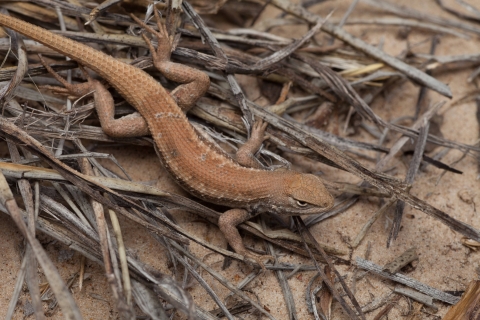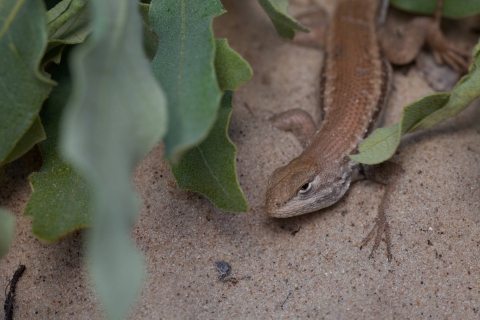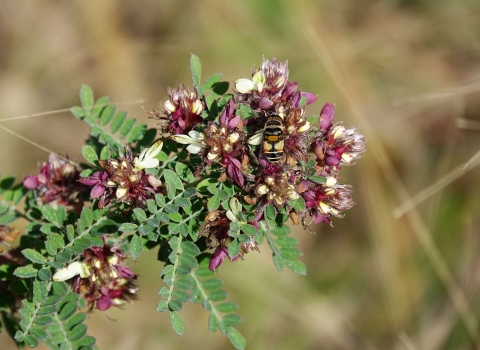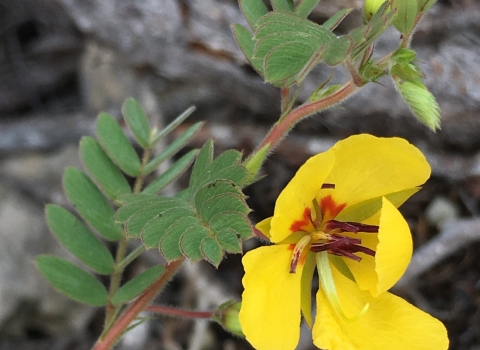ALBUQUERQUE, N.M. – The U.S. Fish and Wildlife Service is listing the dunes sagebrush sagebrush
The western United States’ sagebrush country encompasses over 175 million acres of public and private lands. The sagebrush landscape provides many benefits to our rural economies and communities, and it serves as crucial habitat for a diversity of wildlife, including the iconic greater sage-grouse and over 350 other species.
Learn more about sagebrush lizard as an endangered species under the Endangered Species Act. The decision comes after a rigorous review of the best available scientific and commercial information, a 90-day public comment period, and a public hearing and information session. The designation of critical habitat was found to be prudent but not determinable at this time. The Service has up to one year from the time of listing to propose critical habitat.
“The Endangered Species Act is an important tool in preventing the extinction of imperiled species like the dunes sagebrush lizard,” said Amy Lueders, the Service’s Southwest Regional Director. “The Service will continue working collaboratively with Tribes, industry, stakeholders, and private landowners while ensuring protections for the lizard and its habitat.”
The dunes sagebrush lizard is a rare species found only in the shinnery oak and sand dune ecosystems in extreme southeast New Mexico and west Texas. The lizard occurs in about 4% of lands that make up the 86,000 square mile Permian Basin. Primary threats to the lizard include loss of habitat associated with oil and gas development, sand mining, and changing climate.
Conservation efforts for imperiled species can be greatly expanded through collaborative approaches that foster cooperation and the exchange of ideas among stakeholders. In New Mexico and Texas, around 100 ranchers and 100 oil and gas partners have enrolled in voluntary agreements to implement conservation practices that address specific threats with assurances that if the species is listed, they can continue to manage their land outlined in their agreements with no additional requirements or restrictions.
In New Mexico, these voluntary enrollments cover nearly 85% of the dune sagebrush lizard’s range within the state. In Texas, enrollment focuses on avoiding and mitigating any unavoidable impacts on lizard habitat. Although new enrollment in these voluntary agreements ends when the listing rule is final and effective, the Service has multiple tools and programs to work with industry, private landowners, and public agencies to streamline and ensure compliance with the ESA. In addition, through advanced horizontal drilling techniques, oil and gas wells are still able to reach most oil and gas reserves without disrupting lizard habitat.
The proposed and final rules, as well as the comments received on the proposed rule, are available at http://www.regulations.gov by searching docket number FWS-R2-ES-2022-0162. The final rule is effective 30 days after posting in the Federal Register.





